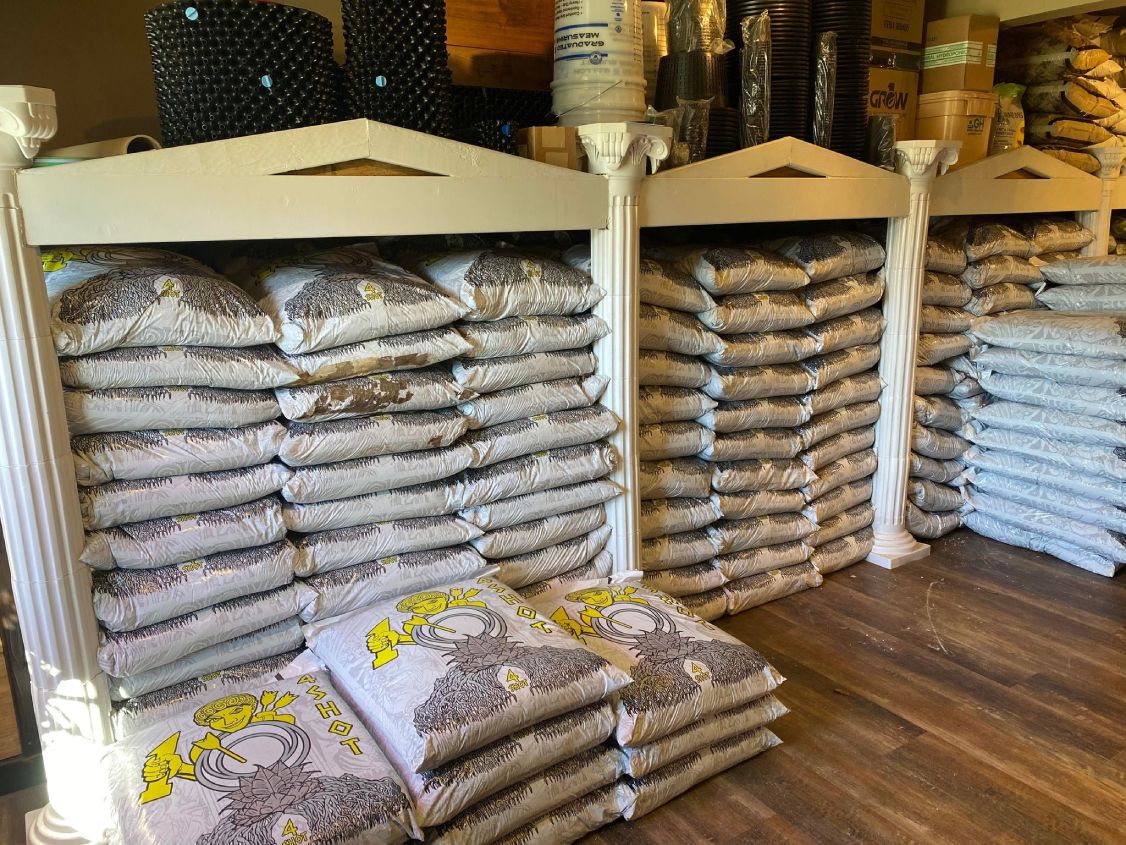Discover the Advantages of Hydroponics for Indoor Horticulture
Hydroponics, a technique of expanding plants without soil, has actually been obtaining popularity for interior gardening lovers. The advantages of this soilless cultivation method expand beyond standard horticulture practices, using efficiency and sustainability - The Indoor Earthworm. As more individuals look for innovative methods to grow plants indoors, hydroponics presents an engaging remedy that deals with different obstacles faced by conventional soil-based horticulture. The benefits of hydroponics go past what meets the eye, offering a look right into a world where plant growth is elevated to new degrees.
Increased Growth Rates
Hydroponic systems have been shown to considerably enhance the growth rates of plants compared to conventional soil-based techniques. This boost in growth rates can be attributed to the precise control over key environmental factors that hydroponic systems provide. By delivering nutrients directly to the plant origins in a very soluble kind, plants in hydroponic systems can uptake necessary nutrients a lot more effectively, causing faster growth. Additionally, the oxygen-rich environment in hydroponic systems permits for boosted nutrient absorption and enhanced metabolic processes within the plants, even more adding to accelerated development prices.
Additionally, the absence of dirt in hydroponic systems gets rid of the requirement for plants to expend power on considerable origin growth in search of nutrients. This energy can after that be redirected in the direction of above-ground growth, causing lusher foliage and quicker advancement of flowers or fruits. On the whole, the enhanced development rates observed in hydroponic systems make them a compelling alternative for growers seeking to make best use of plant growth and efficiency.
Water Preservation Advantages
Unlike traditional dirt horticulture, where plants need to establish comprehensive root systems to look for water, hydroponic systems provide water and nutrients directly to the plant roots. This targeted distribution makes sure that plants get precisely what they require, minimizing excess water usage. Embracing hydroponics not just benefits plant growth yet likewise contributes to water preservation efforts, aligning with the international push in the direction of even more sustainable farming methods.
Nutrient Efficiency Benefits
Given the substantial water conservation advantages connected with hydroponics, another benefit hinges on the efficient use of nutrients within the system. Unlike conventional soil-based horticulture, where nutrients are distributed in the dirt and might not always get to the plant roots properly, hydroponic systems deliver nutrients straight to the plants' roots in a regulated manner. This targeted distribution guarantees that plants obtain the accurate quantity of nutrients they require for optimum growth, removing wastage and lowering the danger of nutrient drainage.
In hydroponic systems, nutrient solutions are carefully checked and gotten used to maintain the optimal equilibrium for plant development. This precision allows plants to uptake nutrients extra effectively, bring about faster growth rates and greater returns compared to standard horticulture methods. Furthermore, the recirculating nature of several hydroponic systems further improves nutrition performance by continuously offering plants with accessibility to essential elements.
Area Optimization Solutions
To take full advantage of the performance of interior gardening setups, executing area optimization options is crucial for achieving optimal plant growth and efficiency. One efficient option is upright horticulture, which entails making use of upright room to expand plants upwards, thereby taking full advantage of the usage of restricted flooring area. By setting up vertical hydroponic systems such as stacked grow towers or hanging planters, growers can cultivate a larger quantity of plants in a smaller sized impact.
In addition, making use of reflective products on wall surfaces or mounting expand lights tactically can assist optimize light distribution to useful source plants that are not directly under the key light resource. This strategy makes sure that plants at various heights receive adequate light for photosynthesis, advertising consistent development throughout the indoor garden.

Bug and Condition Control Advantages
Reliable pest and illness control procedures are crucial parts of successful hydroponic indoor gardening systems. Among the substantial advantages of hydroponic gardening hereof is the reduced risk of bug problems compared to conventional soil-based techniques. Without dirt, several usual pests that depend on dirt for sanctuary and nutrients are incapable to grow in hydroponic systems. This eliminates the need for dangerous chemical pesticides that can be detrimental to both plants and the environment. Furthermore, the regulated setting of hydroponic systems enables very early discovery of any type of insect or disease issues, enabling timely treatment to protect against prevalent damages.

Verdict
Finally, the advantages of hydroponics for indoor gardening are considerable. Increased development rates, water i thought about this conservation benefits, vitamins and mineral performance advantages, area optimization services, and pest and condition control advantages make hydroponic systems an important option for interior plant growing. By using hydroponics, individuals can optimize their plant growth potential while preserving resources and minimizing the threats related to conventional soil-based horticulture techniques.
By delivering nutrients straight to the plant roots in a highly soluble type, plants in hydroponic systems can uptake necessary nutrients much more efficiently, leading to faster development. The Indoor Earthworm. Overall, the raised growth prices observed in hydroponic systems make them a compelling alternative for cultivators looking to take full advantage of plant development and efficiency
Unlike traditional dirt gardening, where plants need to develop considerable origin systems to search for water, hydroponic systems provide water and nutrients directly to the plant origins. Unlike conventional soil-based horticulture, where nutrients are distributed in the dirt and may not constantly reach the plant origins efficiently, hydroponic systems supply nutrients directly to the plants' roots in a regulated fashion. Boosted development rates, water preservation benefits, vitamins and mineral effectiveness advantages, area optimization solutions, and parasite and disease control this post advantages make hydroponic systems an important alternative for indoor plant growing.